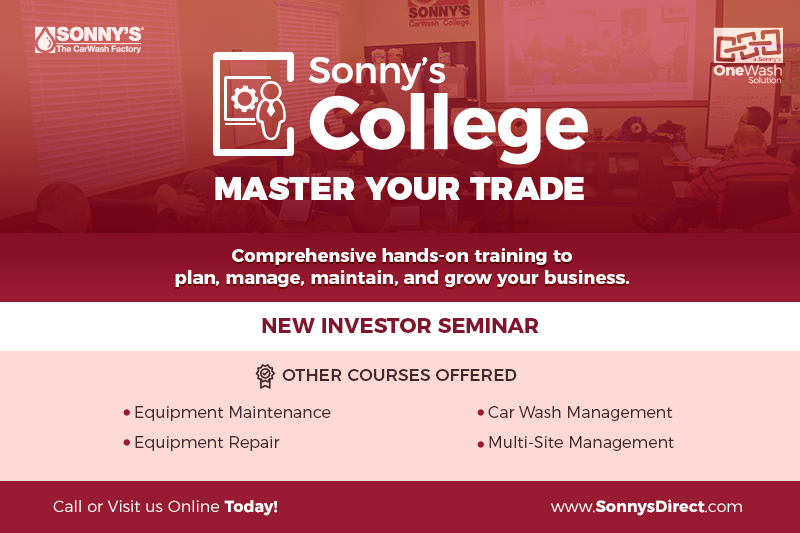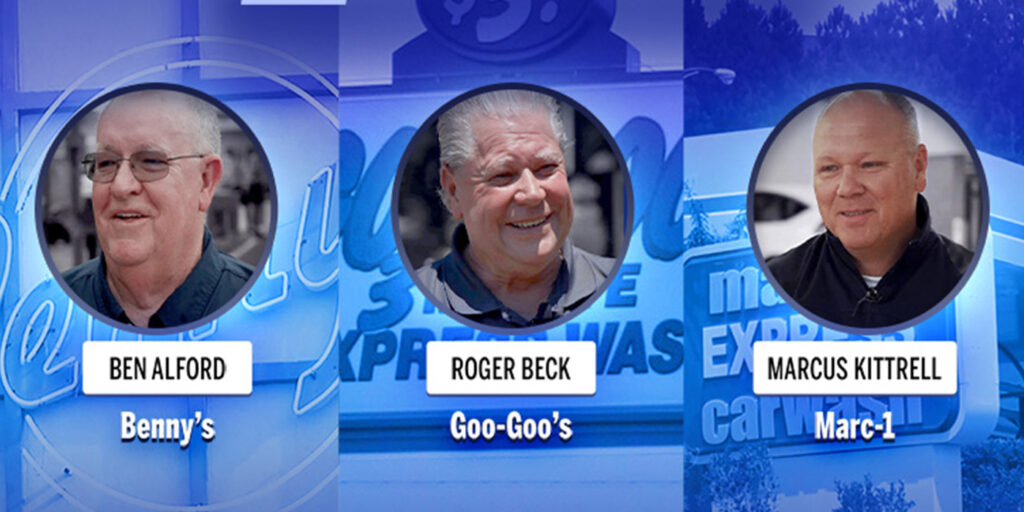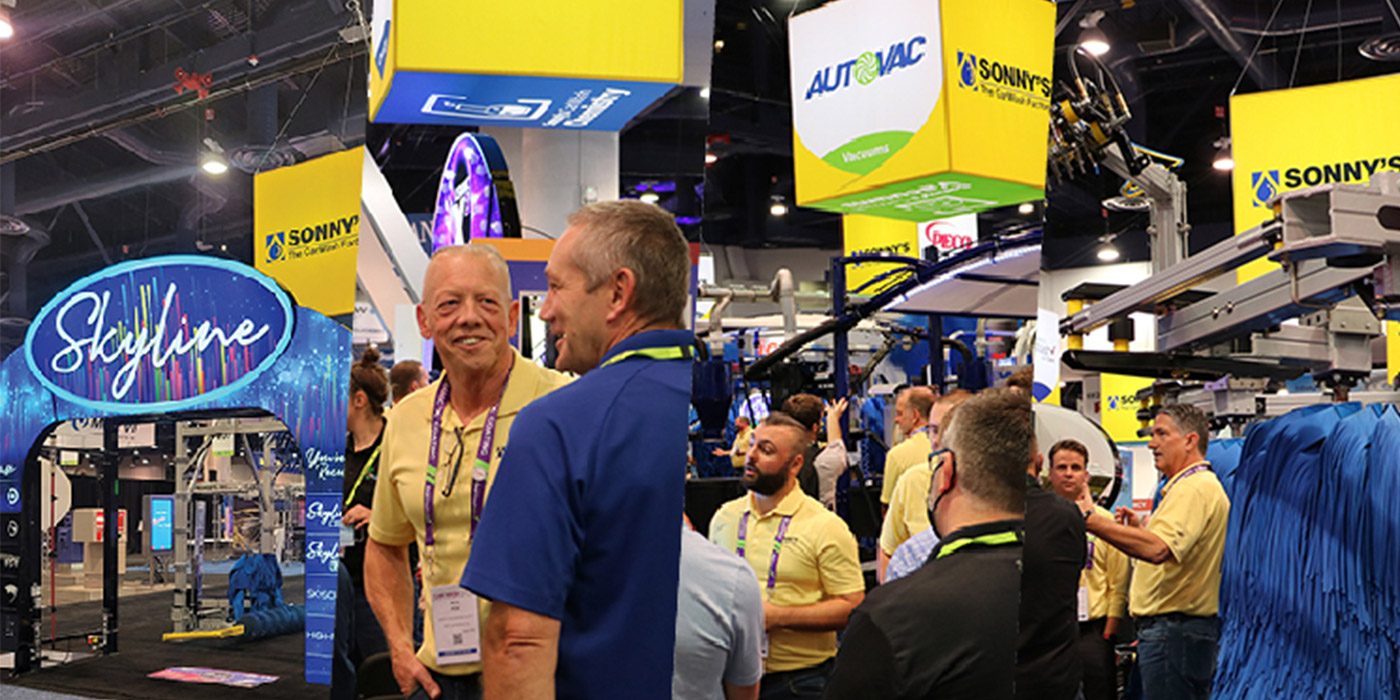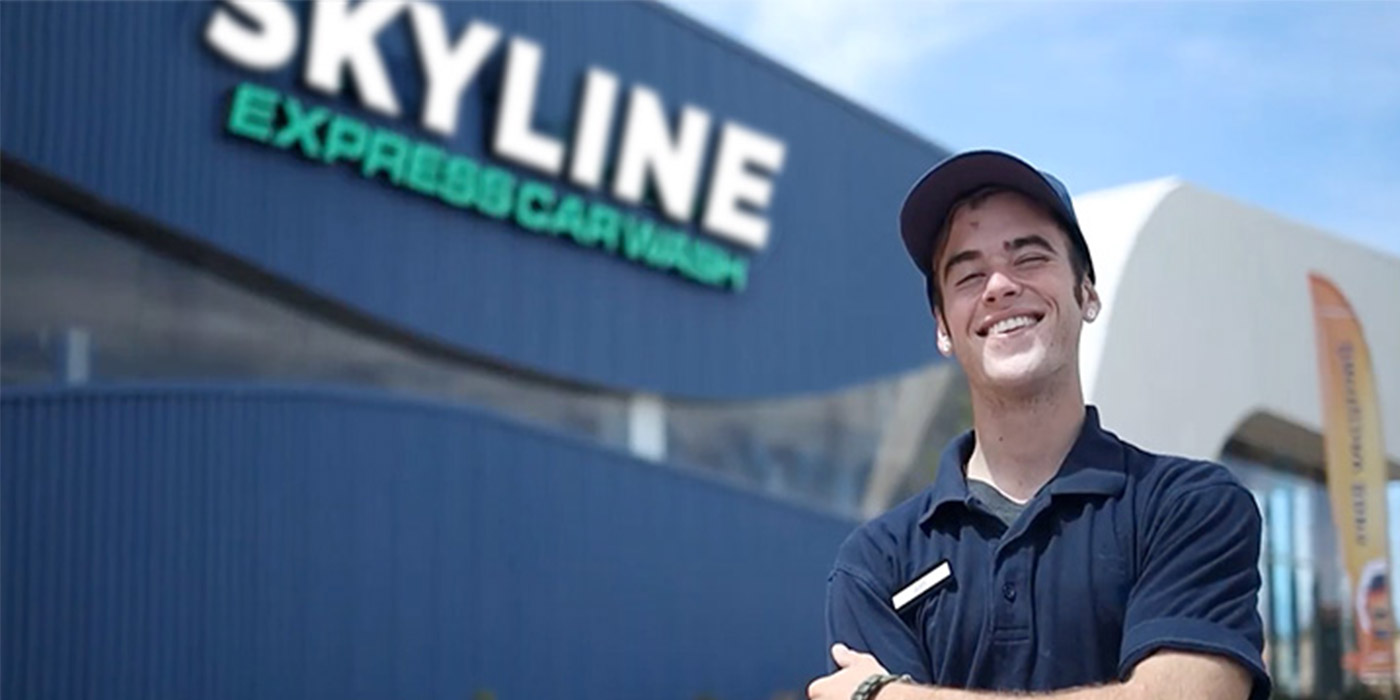We know that strong employee training and development is key to a company’s success and growth.
However, when a business expands its operations across multiple locations, staying consistent can be a challenging growing “pain.”
Your carwash location is defined by the quality of wash, wash services and customer service you provide every single day. When that wash location is just one location that’s part of a multi-site operation, then your business is defined not only by the quality of wash and services that location provides but also by the output of every other location bearing the same name and brand.
So, how do you ensure all of your locations are delivering that desired consistency we all want? It’s an important question, and that’s why we’re making consistency in your carwash location the subject of this blog. In this blog, we are going to dive in to the five steps of consistency.
1. Teach and train
Teaching employees focuses on the “why” and training your people focuses on the “how.” We teach people for understanding and we train people for performance. We have to invest in our people, not just our procedures. What do I mean? Some employees are going to learn things differently, so we have to be willing to adapt to their learning styles. We should care about the employee’s success in our organization, not just his or her ability to complete a task. Remember: You train animals. You teach people.
2. Model
Modeling usually means that the person, act, or conduct is likely to be copied and serves as guidance or is worthy of imitation. Explicit modeling provides employees with a clear example of a skill or expectation. We must engage staff in learning through showing enthusiasm, keeping a steady pace, asking good questions and checking for understanding. We must make sure to clearly describe the concept, then model the desired outcome by using visual, auditory, tactile and/or kinesthetic instructional techniques while thinking aloud. Modeling provides high levels of staff interaction. Showingstaff what you expect is infinitely more powerful, more meaningful and more memorable than voice instruction will ever be — by a long shot.
3. Enforce
When we are ready to enforce what we have taught and modeled, we must check in often and give helpful feedback immediately. Without clear expectations and strong leadership to enforce accountability, employees will not often adjust their performance accordingly. Think of when you were in school. If you found there weren’t any negative consequences when you didn’t finish your homework, you probably were less likely to put forth any effort. So we must:
- Have the difficult conversation
- Address the poor performance as soon as possible
- Consider your employees’ feelings
- Set goals
- Follow through and follow up.
4. Coach
In my opinion, this key of consistency is one of the most important factors. We must be spending time with our employees to understand what motivates them. Some of the best feedback you can receive about your location comes from your on-site employees. They see things that you may never see or observe as an owner/operator. When we coach our people, we must be sure what we coach aligns with our company vision and values.
Coaching should be a collaborative effort. No matter the situation, coaching conversations should flow both ways with ample opportunity for mutual feedback and discussion. This way, we’re not removing our employees’ responsibility in the matter or doing the work for them. Collaboration in coaching emphasizes the relationship and teaches us how to become sounding boards for each other. When we establish great coaching relationships with our employees, it can improve every interaction we have with them and makes management far easier. Effective coaching can build more trust on both sides and keep the door to improvement open at all times.
5. Praise
Employees who receive regular recognition and praise:
- Increase their individual productivity on-site
- Increase engagement among other employees
- Ensure employee retention
- Give better customer service to customers
- Are more cautious of danger and have fewer accidents on the job.
Those are all super important in this key, but there are a few things to remember. Don’t wait to praise the employee — immediately is never too soon. The more time that passes between great performance and recognition, the lower the impact of the recognition. We also must be specific on what we’re praising. Don’t just tell an employee they did a good job; tell them how they did a good job. And they’ll know exactly what to do the next time in a similar situation. Be careful not to always recognize the same employees. You might have to work hard to find reasons to recognize some of your less-than-stellar employees, but that’s okay. A little encouragement may be all a poor performer needs to feel motivated. The best way to make praise a consistent thing is by creating a culture of “encourage more than you critique!”
Reflect on your training
Let’s focus on shifting our mindset to the big picture. Let’s start making consistency a normal thing by using the five steps we have shown you in this blog. We need to start thinking as a brand leader and not just a carwash owner. We’ll basically go from playing checkers to playing chess by knowing and acknowledging that consistency is the key to success.
Your wash location is known for quality of wash and outstanding services. Now it’s up to you to make sure that reputation is replicated at all of your locations.
Joining the industry in 2010, Ashton Hines is an instructor at Car Wash College. She’s a member of the sales team at Car Wash Services of the Southeast Equipment Division and also oversees business development and on-site training. Ashton can be reached at [email protected].














